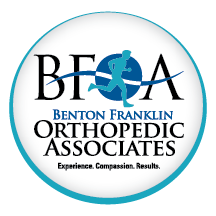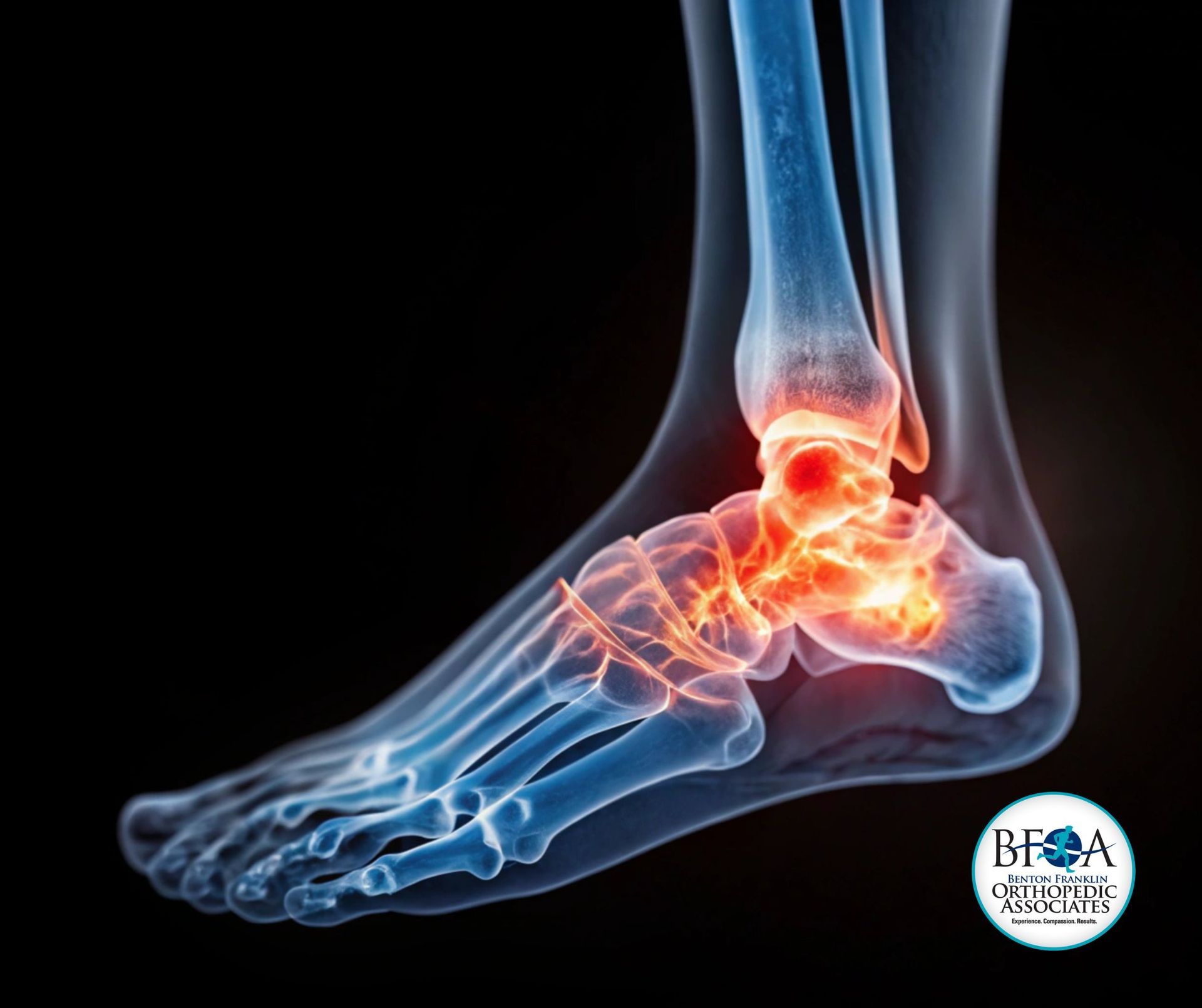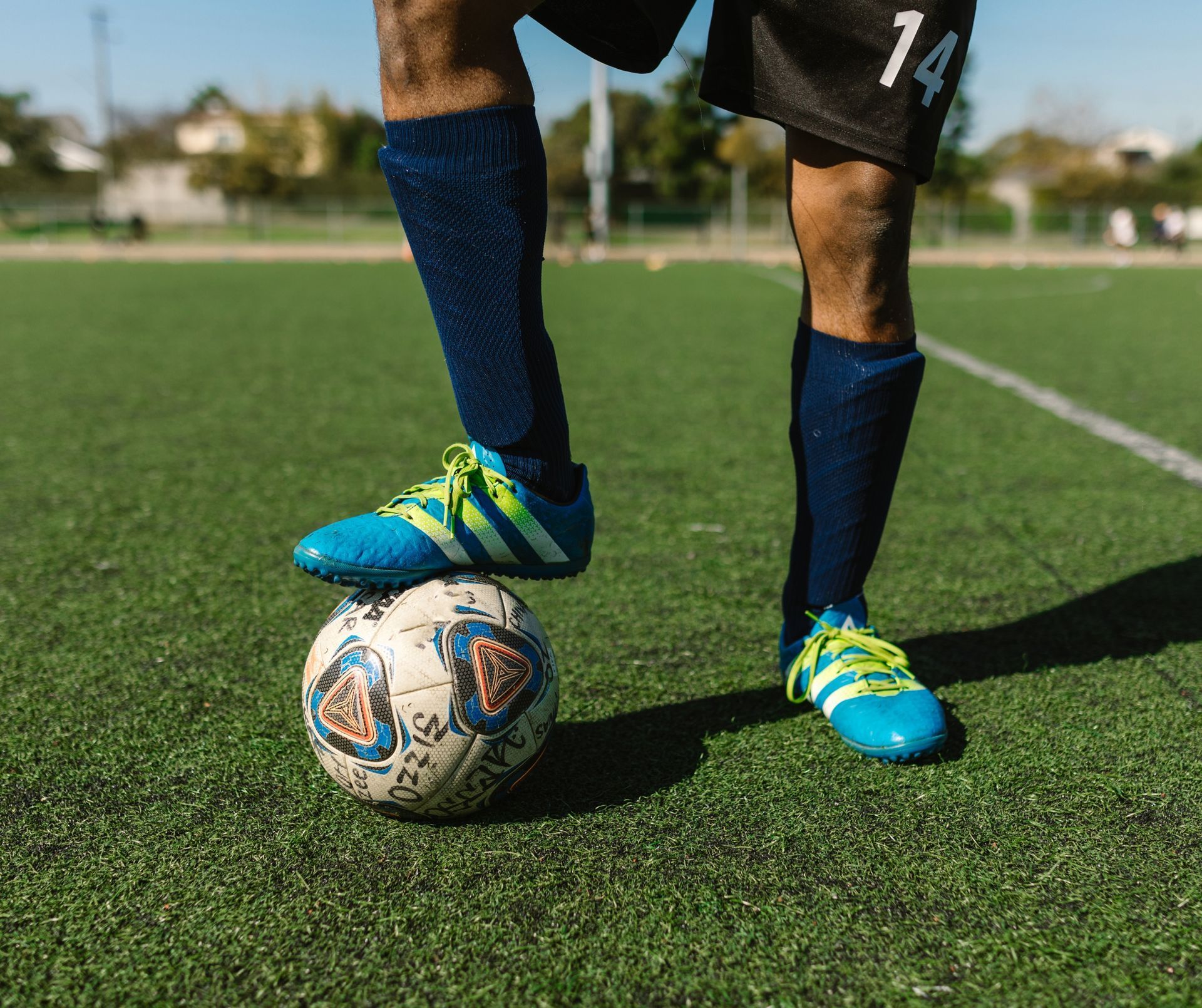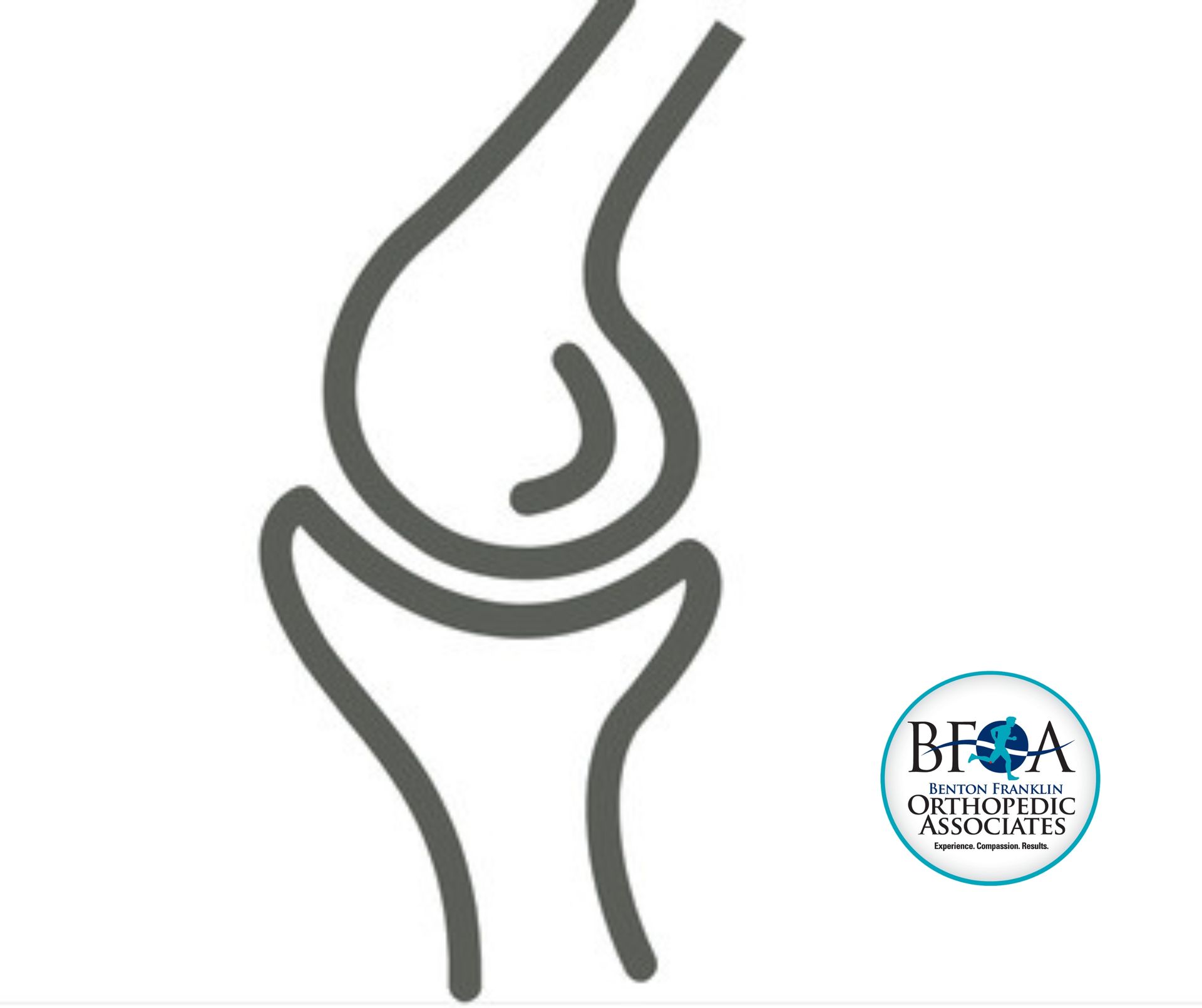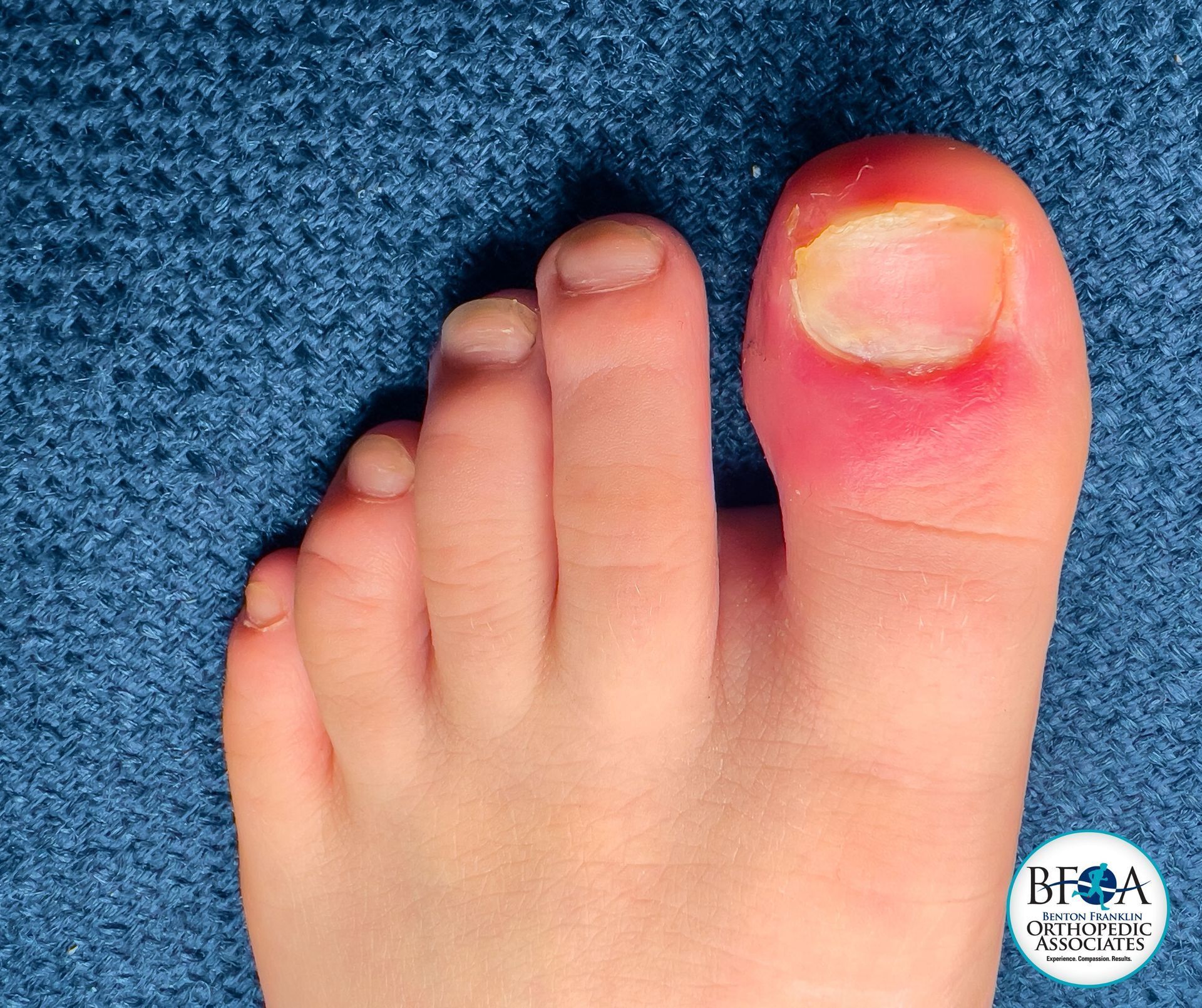Tennis Elbow in Kennewick, WA
Tennis Elbow: Symptoms, Diagnosis, and Treatments

Tennis elbow, also known as Lateral Epicondylitis, is a condition characterized by pain and tenderness on the outside of the elbow. Despite its name, this condition is not exclusive to tennis players. It can affect anyone who engages in repetitive arm and wrist movements.
Symptoms
The primary symptom of tennis elbow is pain on the outer side of the elbow, which can extend into the forearm and wrist. This pain often worsens with activities such as lifting objects, gripping, or twisting the forearm.
Other symptoms may include:
- Weakness in the forearm
- Difficulty in shaking hands or gripping objects
- Pain when lifting or bending the arm
- Pain when writing or holding a cup
Diagnosis
Diagnosing tennis elbow typically involves a physical examination where a healthcare provider will assess the pain and tenderness around the elbow. They may also ask you to move your elbow, wrist, and fingers in various ways to pinpoint the pain. In some cases, imaging tests like X-rays or MRI scans may be used to rule out other conditions
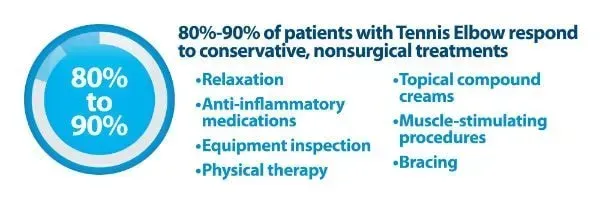
Conservative, Nonsurgical Treatments
Patients with tennis elbow are best treated non-operatively. Depending upon the nature and extent of the inflammation, there are many treatment options available which are successful in 80% to 90% of tennis elbow cases.
Treatments:
Treatment for tennis elbow focuses on relieving pain and promoting healing.
Common treatments include:
- Rest and Activity Modification: Avoid activities that aggravate the pain.
- Ice Therapy: Applying ice packs to the affected area can help reduce pain and swelling.
- Bracing: A brace can also ease symptoms.
- Medications: Over-the-counter pain relievers such as ibuprofen or naproxen can be effective.
- Physical Therapy: Exercises to strengthen the forearm muscles and improve flexibility can be beneficial. A physical therapist may also recommend using a brace or strap to reduce strain on the tendons.
- Injections: Corticosteroid injections or platelet-rich plasma (PRP) injections may be used to reduce inflammation and promote healing.
- Surgery: In severe cases where other treatments fail, surgical options to remove damaged tissue may be considered.
Prevention
Preventing tennis elbow involves minimizing repetitive strain on the elbow.
Here are some tips:
- Use Proper Technique: Whether in sports or daily activities, using the correct technique can reduce strain on the elbow.
- Strengthening Exercises: Regular exercises to strengthen the forearm muscles can help prevent overuse injuries.
- Ergonomic Adjustments: Ensure that your work environment is ergonomically friendly to reduce repetitive strain.
Tennis elbow can be a painful and limiting condition, but with proper care and treatment, most people can recover fully and return to their normal activities. If you experience persistent elbow pain, consult with a healthcare provider to explore the best treatment options for you.
If conservative treatment options fail to resolve the condition and symptoms persist for 6-12 months, our Benton Franklin Orthopedic Associates providers may recommend surgery to treat medial epicondylitis.
The goal of surgery is to remove the diseased tissue around the inner elbow, improve blood supply to the area to promote healing, and alleviate the patient’s symptoms.
Surgery is performed under local or general anesthesia or even in the office setting under ultrasound.
Following the surgery, our providers may recommend certain measures to improve the outcomes of surgery and expedite the healing process.
Benton Franklin Orthopedic Associates is a multispecialty group focused on treating our patients with cutting-edge technology and treatment options. Our providers are highly trained in trauma, hand, elbow, and upper extremity care.
To learn more about what Benton Franklin Orthopedic Associates can offer, visit our website at www.bentonfranklinortho.com or call us at (509) 582-6335 to schedule an appointment.


